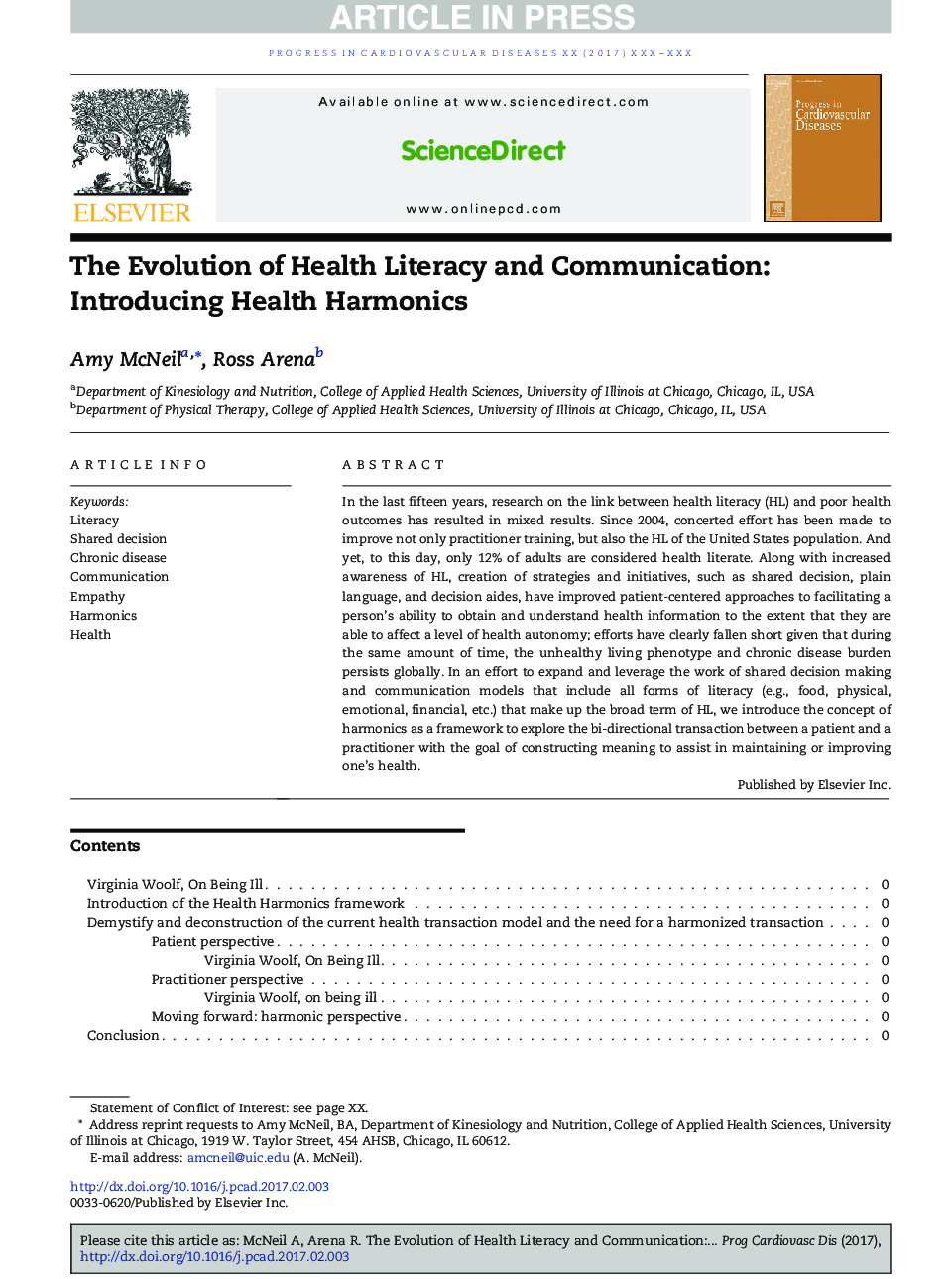| Article ID | Journal | Published Year | Pages | File Type |
|---|---|---|---|---|
| 5619601 | Progress in Cardiovascular Diseases | 2017 | 8 Pages |
Abstract
In the last fifteen years, research on the link between health literacy (HL) and poor health outcomes has resulted in mixed results. Since 2004, concerted effort has been made to improve not only practitioner training, but also the HL of the United States population. And yet, to this day, only 12% of adults are considered health literate. Along with increased awareness of HL, creation of strategies and initiatives, such as shared decision, plain language, and decision aides, have improved patient-centered approaches to facilitating a person's ability to obtain and understand health information to the extent that they are able to affect a level of health autonomy; efforts have clearly fallen short given that during the same amount of time, the unhealthy living phenotype and chronic disease burden persists globally. In an effort to expand and leverage the work of shared decision making and communication models that include all forms of literacy (e.g., food, physical, emotional, financial, etc.) that make up the broad term of HL, we introduce the concept of harmonics as a framework to explore the bi-directional transaction between a patient and a practitioner with the goal of constructing meaning to assist in maintaining or improving one's health.
Keywords
Related Topics
Health Sciences
Medicine and Dentistry
Cardiology and Cardiovascular Medicine
Authors
Amy McNeil, Ross Arena,
